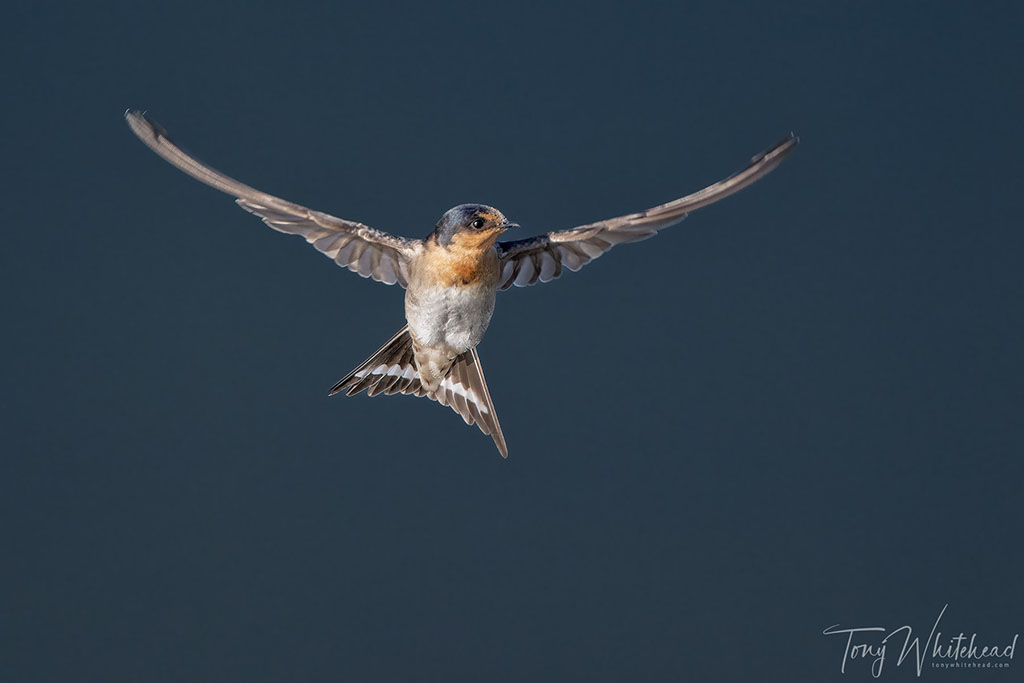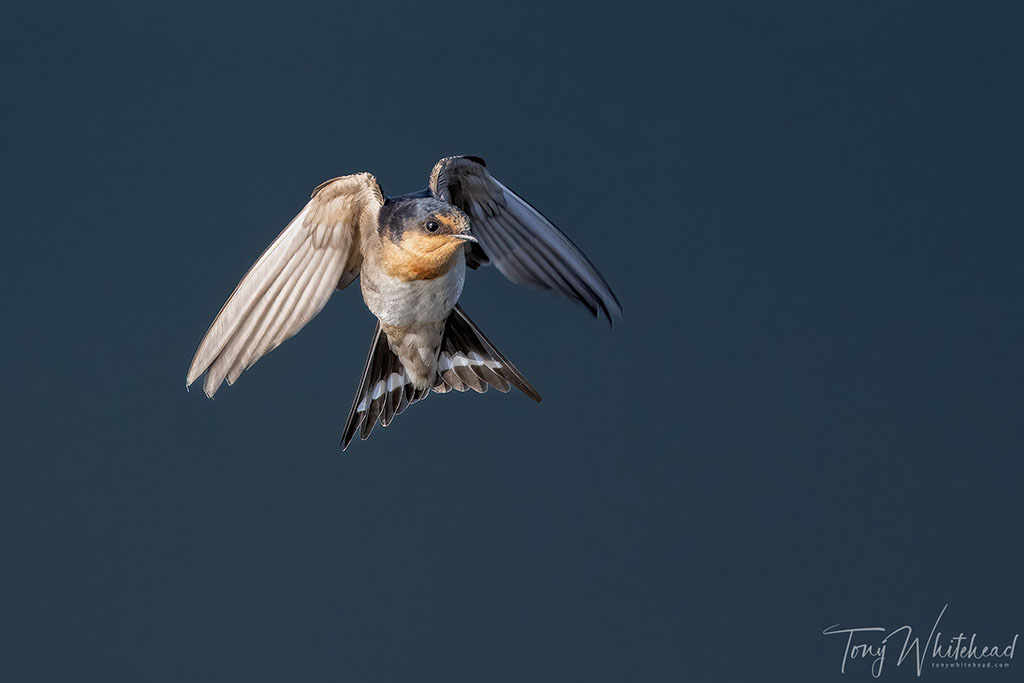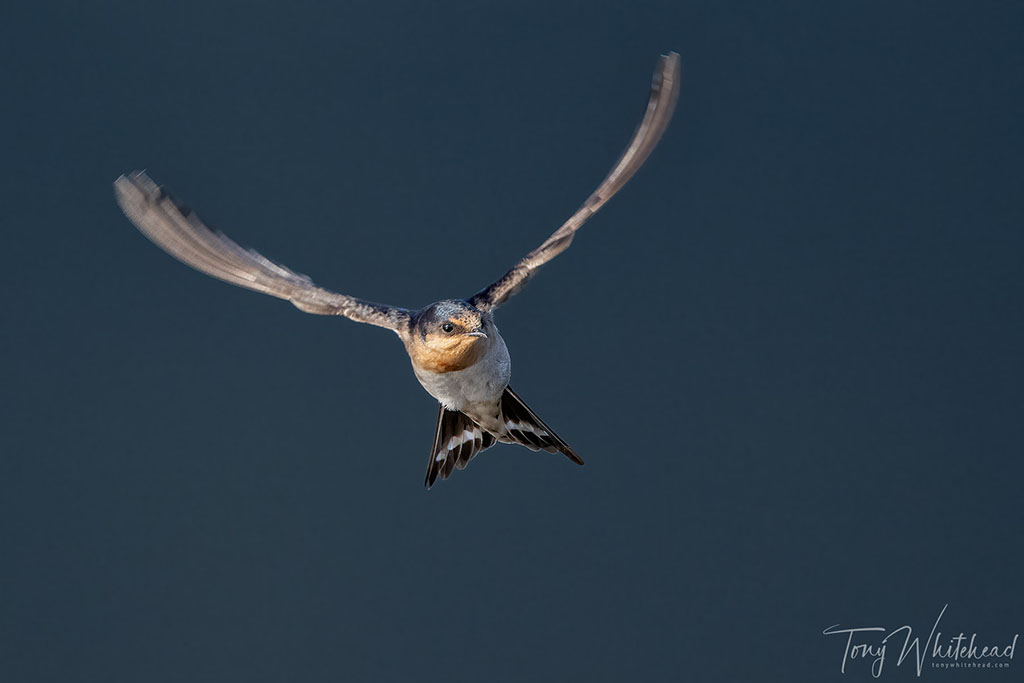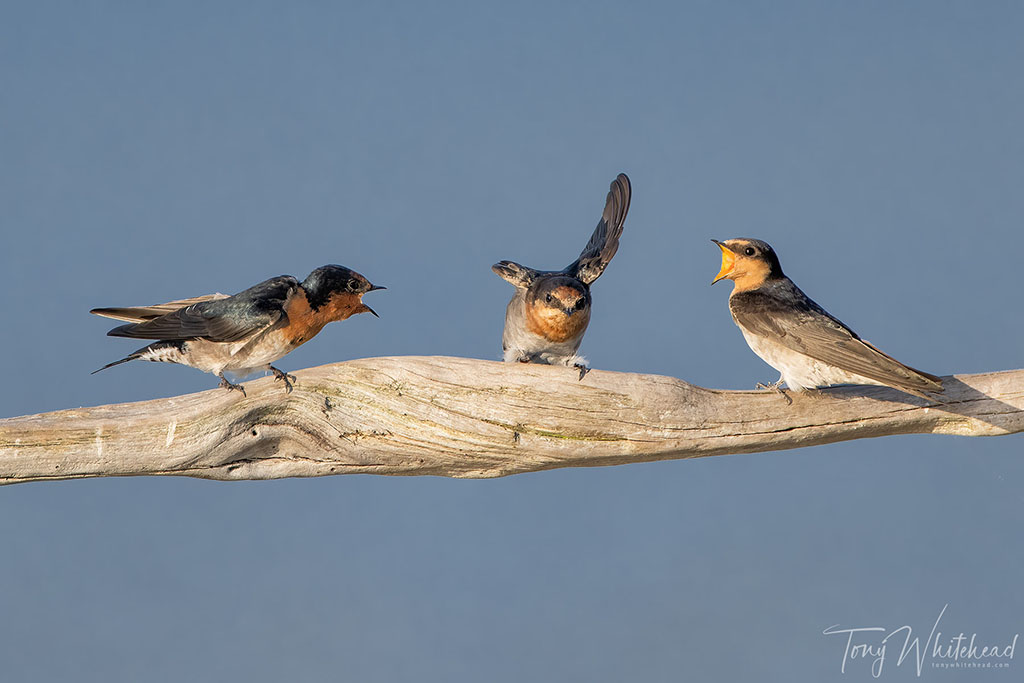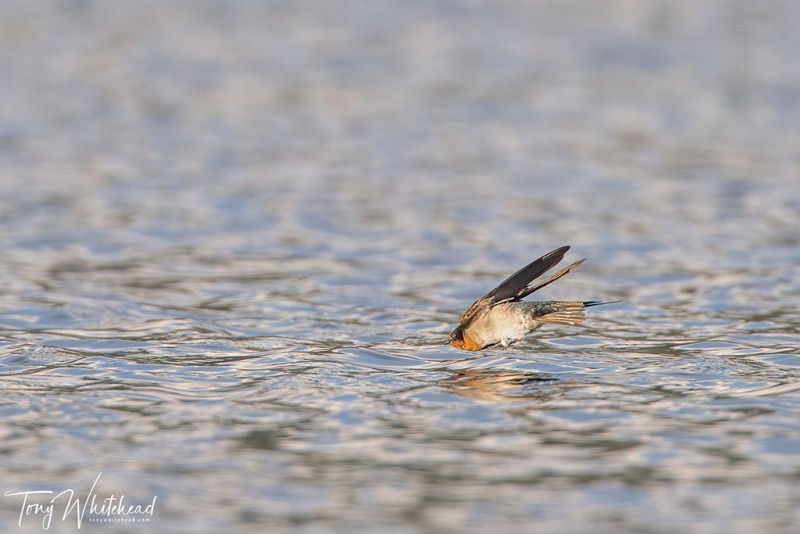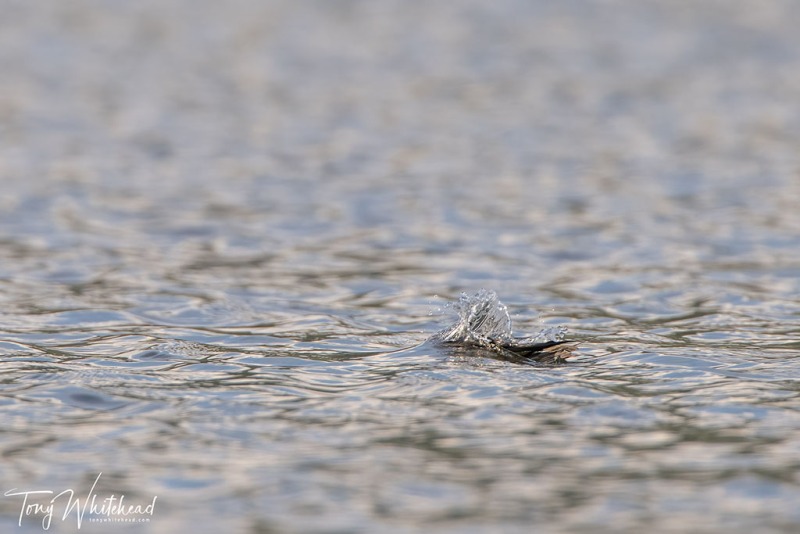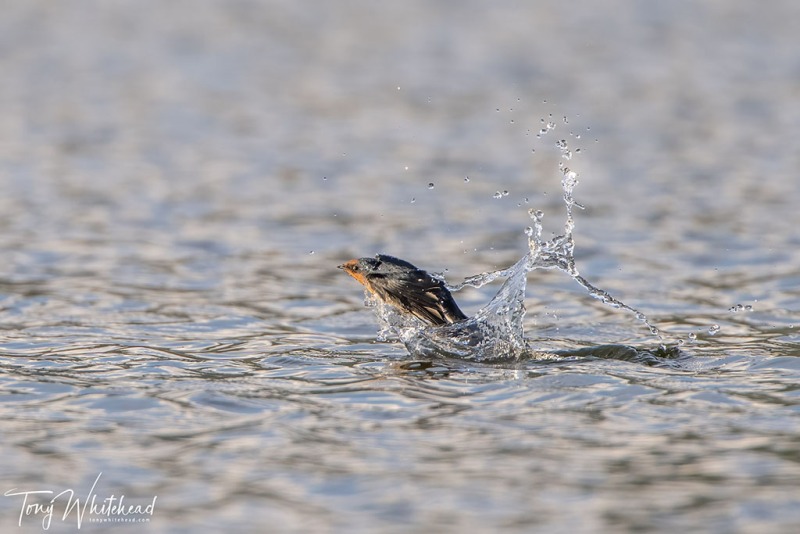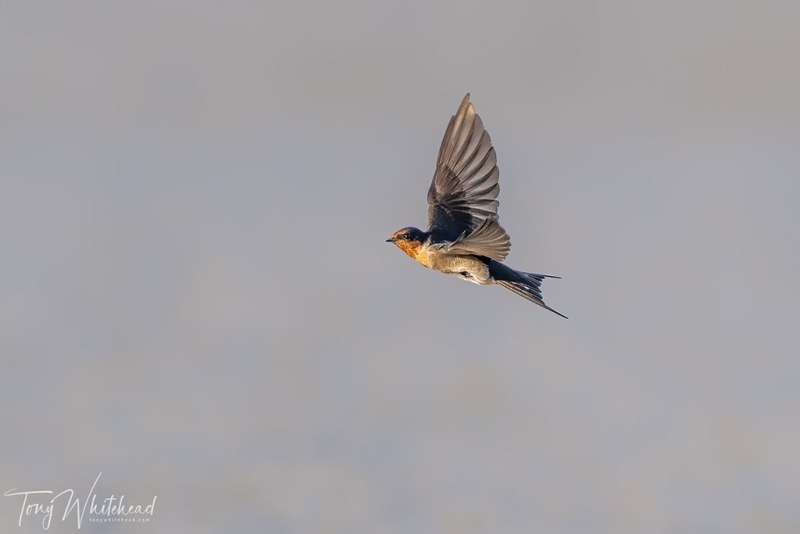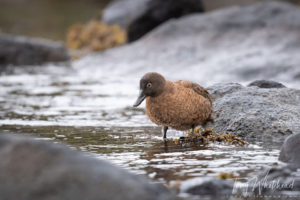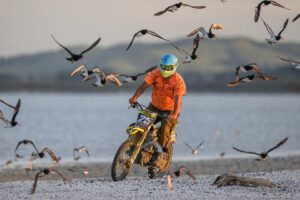Photographing swallows in flight is probably one of the more challenging tasks for a bird photographer. Their small size, rapid and erratic flight all combine against success. Telephoto lenses are needed to get the subject large enough in frame but the size and inertia of these lenses make following erratic flight difficult. The camera then needs to be able to rapidly lock and track focus. To date my best success has been using a Nikon D500 with Group Area AF and a Nikkor 300mm f4PF lens. This combo is small and light and Group Area locks onto the closest subject. Ideally light and wind will be coming from the same direction so that the birds are flying relatively slowly into the wind and light.
I have been trying to get an opportunity to trial the Nikon Z9 with swallows in flight but COVID-19 work and weather have conspired against me so far. I have not been optimistic as the lack of Group Area with the Z9 leaves no focus mode that prioritises closest subject which I find a real limitation in some circumstances.
On a brief late afternoon trip to Lake Okareka with the the Nikon Z9 , Nikkor 500mm f4VR and TC17 1.7x teleconverter with the FTZii adaptor I found a cluster of swallows in nice light on one of the perches in the lake. The distant water gave a nice light or dark blue background depending on the light falling on it.
This situation highlighted some strengths and weaknesses of the Nikon Z9 autofocus. The lack of a closest subject priority meant that grabbing focus on the perch and swallows was not nearly as easy or reliable as with my Nikon D850 or D500. It would routinely grab focus on the water ripples in the background which was frustrating. I would need to search out a high contrast area at the base of the perch to force closer focus and then recompose with the birds in frame. Once in focus the eye AF did a great job of locking onto the swallows. The sooner Nikon can release a firmware update with a closest subject focus mode, the happier I will be*. I’m sure this must be doable with all the processing power available. It is the one limitation that really makes it hard for me to wholeheartedly endorse the Nikon Z9 as a great bird photography camera body at the moment.
Using the 500mm with 1.7x teleconverter gave a 850mm field of view and with the weight of the 500mm f4 it was not the ideal option for tracking swallows in flight. On a monopod it was great for the perched birds and I managed to lock onto some birds as they hovered awaiting a landing spot. The Nikon Z9 did fine in this situation – locking rapidly and holding focus well. The 20 fps gave a number of choices of pose when selecting images to edit.
Finding and locking focus on swallows tracking across the scene was another matter completely and very difficult to achieve reliably. In fairness this was largely due to the lens combo rather than the camera. I did manage to get a couple of sharp sequences and again the 20 fps gave some interesting images as shown in this sequence of a bird plunge bathing.
Hopefully before long I will get a chance to test the Z9 with the 100-400 and 300PF to see what I can achieve. At present I am not sure that it will do better than the D500. If I had to be sure of getting the job done, I would have most confidence in reaching for the D500 and 300mm f4PF.
Photos with Nikon Z9 and Nikkor 500mm F4E VR with TC17 teleconverter and FTZii adaptor. Gitzo GM2942 basalt monopod.
*on 14 April Nikon announced firmware version 2.0 for the Z9 for release on 20 April with a number of exciting improvements. This includes some AF updates but nothing that suggests a closest subject priority mode analogous to GroupAF on the DSLRs
